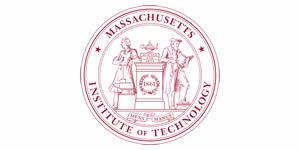RSS Feed Source: MIT Technology Review
At first glance, the Bathhouse spa in Brooklyn looks not so different from other high-end spas. What sets it apart is out of sight: a closet full of cryptocurrency-mining computers that not only generate bitcoins but also heat the spa’s pools, marble hammams, and showers.
When cofounder Jason Goodman opened Bathhouse’s first location in Williamsburg in 2019, he used conventional pool heaters. But after diving deep into the world of bitcoin, he realized he could fit cryptocurrency mining seamlessly into his business. That’s because the process, where special computers (called miners) make trillions of guesses per second to try to land on the string of numbers that will earn a bitcoin, consumes tremendous amounts of electricity—which in turn produces plenty of heat that usually goes to waste.
“I thought, ‘That’s interesting—we need heat,’” Goodman says of Bathhouse. Mining facilities typically use fans or water
Click this link to continue reading the article on the source website.
